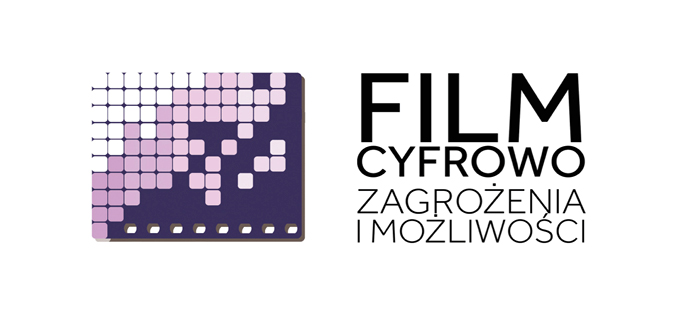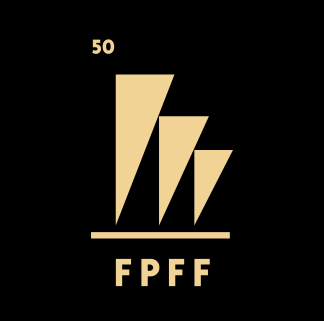“Film Digitally – Threats and Opportunities” Seminar

During the last twenty years, film production entered the period of technological revolution as one of the last industries. The result is a complete change in production processes and in popularising films. Digital technology has opened up completely new possibilities in front of us but also threats. Paradoxically, many contemporary films are not availabl in modern digital cinemas.
How many films will we lose and what to do to restore these which can still be saved? What are the realistic business models? Are the films produced today already safe?
During the seminar of the National Audiovisual Institute and KinoRP, “FILM DIGITALLY – THREATS AND OPPORTUNITIES” (16 September, 12 a.m., Auditorium in th Navy Museum in Gdynia), theory will be confronted with facts, which will shed new light on the threats and the realistic ways of avoiding them.
6 years of digitisation in Poland
Thanks to an initiative of the private sector, supported by studies and filmmakers, Poland, as one of the first countries in the world, started to use modern digital technologies to save their film resources. Paradoxically, the high level of devastation of the archival copies of the lightsensitive Polish films has contributed to the development of the services of digital editing of image and sound. Today we are in the world top countries taking into account both the number of the films restored and the knowledge on the technology of digital recnstruction.
The experience gained makes us also be more aware than ever of not only the potential of digitisation but also the accompanying threats.
- Summing up the development of the digital reconstruction in Poland – from KinoRP project to the Digital Poland
- Which resources have already been subjected to the programmes of digital reconstruction and which are still endangered?
- On which stage of development is the cooperation of public and market entities?
- Which current initiatives and public programmes support the digitisation and digital reconstrution of audiovsual resources?
- Digital reconstruction and what’s next?
Film resources from the last 20 years
The last 20 years were a period of permanent technological changes in the Polish cinematography. The changes ocurred both in the technology of film production and distribution, an the models of their financing. In this period, about 100 films were created annually, the majority of which is now basically absent in th digital distribution. Thanks to the financial support of PKO Bank Polski, this year, we had the opportunity to get to know the problems related to the digitisation of the contemporary Polish films which are often more threatened than the films of several dozen years.
- Which contemporary films are now unavailable and why?
- Is it possible to create high quality digital copies of the films that are now unavailable?
- How to distribute?
- Is it worth spending money on?
The business dimension of digitisation
Changes in the financing models of film productions in Poland have made us more sensitive to costs than we were before 1989 and we often do not find the sources for a proper securing of film copies. This results in many valuable and desired films being outside the distribution. What is the realistic business potential of our film resources? What are the costs of entering them into digital distribution and can the private sector count on the support of public institutions?
- The image and economic potential of the Polish resources
- Bareers and mistakes in distribution
- Education and promotion of the Polish cinematography
- Film classics in the new business models – do our films sell?


